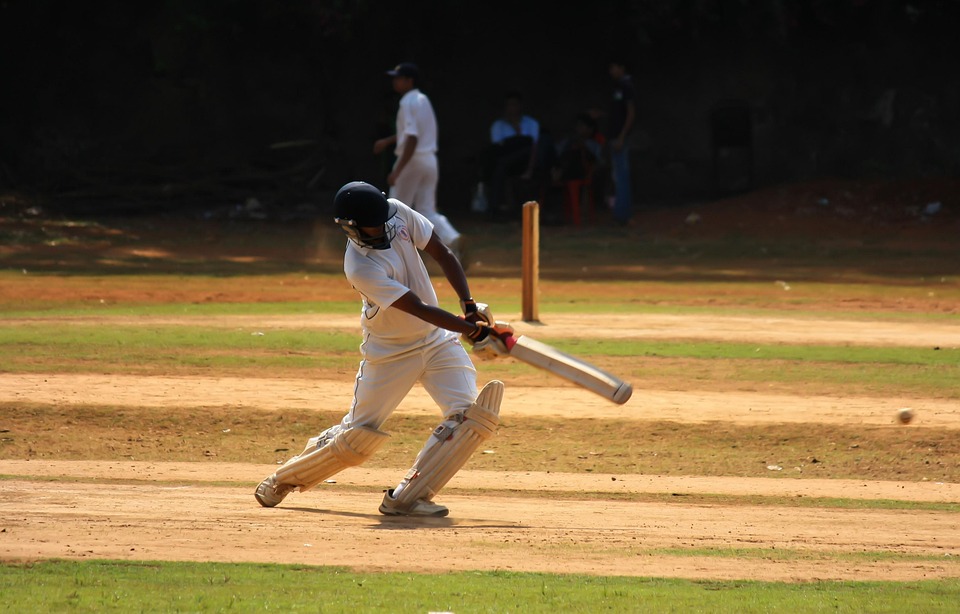Cricket Conditioning: Crafting the Perfect All-Rounder from the Ground Up
The all-rounder is now no longer a luxury but a need of contemporary cricket. They are the backbone of any serious side with the ability to perform across formats and conditions. But an all-rounder is not one who switches a bat and bowls a few overs. It’s one who excels at two skill sets while remaining in peak physical, mental, and strategic shape.
In a game as quick-as-foot as it’s ever been, creating an all-around great is more than a talent issue. It takes hard conditioning, customized training, and a mental attitude geared toward equilibrium. That’s how top players become well-rounded cricket packages.
The Double Burden: A Single Body, Dual Roles
All-rounders are especially challenged: they need to practice both as specialist batters and frontline bowlers. That means double the work, double the education, and often double the tiredness. Absolving this double-talk requires more than hard work—it requires smart work.
Strengthening, endurance work, recovery, and prevention of injury need to be introduced subtly into the year-round training program. Fitness routines are scientifically designed to help with explosive sprinting between wickets as well as the sustained pressure of a long spell of bowling.
Amidst this complex preparation, mental focus and acuity are as crucial as muscle. That’s why contemporary training isn’t just in the gym—it goes on within psychological skill building, tactical deconstruction, and simulation drills that replicate game environments.
This level of attention to detail is much like in the field of games where one has platforms such as the online casino in Pakistan to combine timing, observation, and decision-making. Similar to how users break down patterns and act with strategic concentration, all-rounders need to execute complex plans in different fields—most commonly in the same session, or even all over.
All-Round Conditioning
Since all-rounders play on both sides of the ball, their conditioning programs must be layered and multifaceted. They need both the explosive potential of a pace bowler and the fine motor of an upper-order bat. No other category of cricket player spans such a broad athletic spectrum.
Coaches divide training into its elements to meet this requirement:
- Functional Strength: Compound exercises such as squats, deadlifts, and rotational lifts are created for exercises to develop body control with match-simulating loads.
- Cardiovascular Endurance: Anaerobic conditioning and stop-start running drills replicate the stop-start pattern of play in any version of the game.
- Recovery Protocols: Ice bath treatments on a regular basis, compression clothing, and massage therapy restrict inflammation and overtraining.
- Core Mobility and Stability: Both are important for everything from high-intensity shot release to pain-free bowling action for extended periods.
These programs are closely regulated through GPS monitoring and load management technology that trigger any reductions in intensity or additions in risk. Even sleeping and nutrition are put to the test. Nutrition regimens are customized to specific requirements, and lean protein, complex carbs, and hydrating techniques that optimize performance across multiple conditions are emphasized. It’s a 360-degree conditioning system. And just like dedicated sports fans utilize sites such as Melbet online betting to research match numbers, odds, and trends prior to making a choice, the optimal all-around players examine game performance statistics to inform their own game-day choices. The similarities between planning and forecasting are striking—both are wars fought with statistics.
Adapting to Workload and Structures
Test matches demand endurance and patience. T20s demand strength and agility. One-dayers fall in between. All-rounders must change gears seamlessly, sometimes with days’ difference between them. That entails adjusting the workload to accommodate not only the body of the player but the game in front of them.

Rotation protocols are standard. The player is rested for a series not due to fatigue, but due to another form requiring another type of the game. Bowling loads are maintained during the low weeks leading up to the white-ball series; batting practice is geared up to maximize range hitting. Workload isn’t merely monitored—it’s forecasted and pre-emptively matched.
Here’s how different formats impact an all-rounder’s preparation:
| Format |
Training Focus |
Match Demands |
| Test Cricket |
Long spells, technique, recovery |
Mental endurance, sustained workload |
| ODI |
Balance of fitness and power |
Quick recovery, adaptability |
| T20 |
Explosiveness, agility, reflexes |
High pace, rapid transitions |
Every format examines another aspect of the all-rounder’s game—and without specific conditioning, players can find themselves short on one side of the ball or the other.
Where Victory Meets Versatility
Top all-rounders are not born—they are made. Through hours of conditioning, endless drills, and constant recalibration, they come to be cricket’s most bankable assets. They provide flexibility, stability, and an unbeatable edge to teams.
Be it six-hitting in the death overs or wickets to break partnerships with the ball, all-rounders bear a different burden—and they train with specificity for it. They aren’t merely a part of the game. In a lot of ways, they are the game.
The post Cricket Conditioning: Crafting the Perfect All-Rounder from the Ground Up appeared first on Daily Excelsior.
News